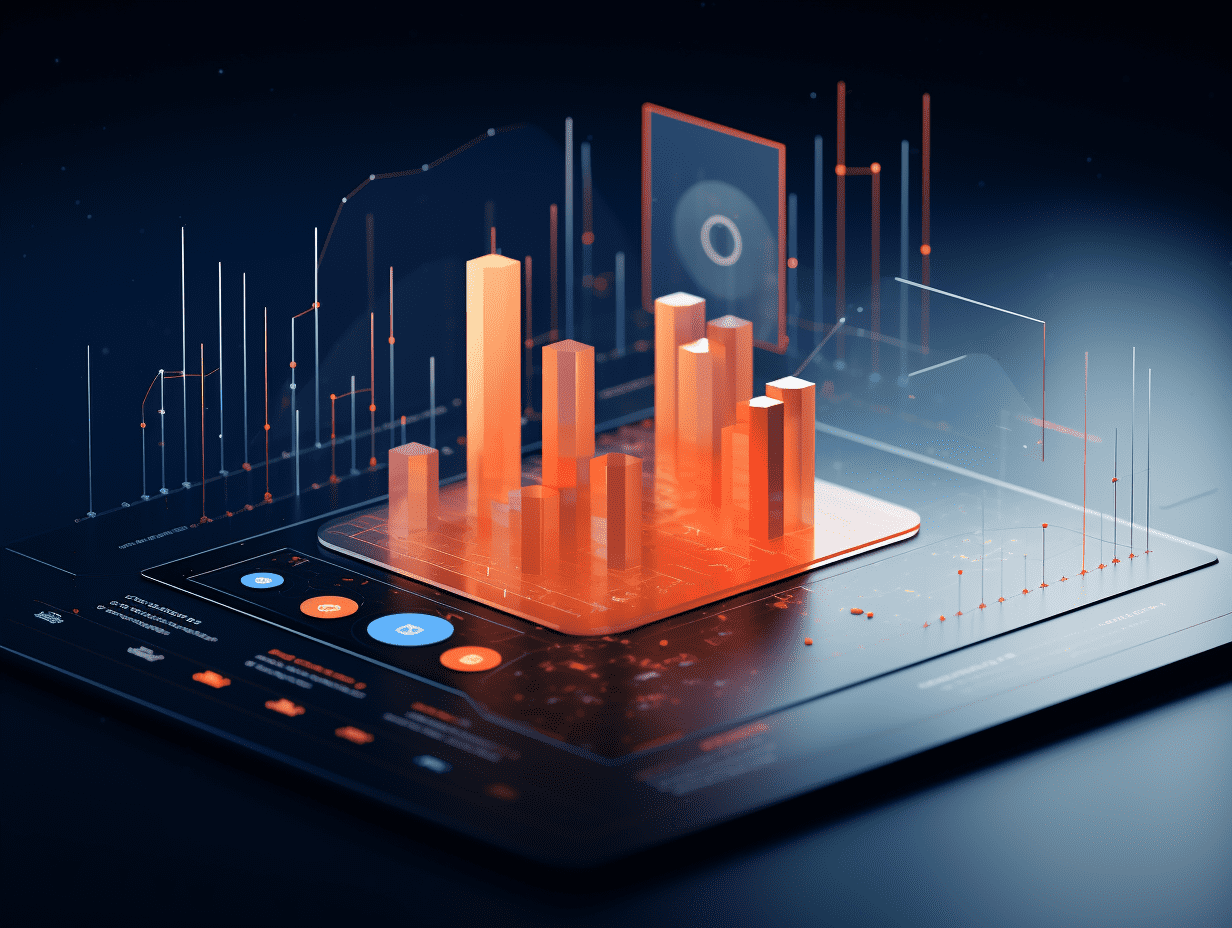
Goldman Sachs: breakthroughs in DeepSeek technology are expected to accelerate the popularization of AI and may usher in a significant increase in global economic growth.
Goldman Sachs released a research report stating that recently, a few Chinese companies such as DeepSeek have developed advanced generative artificial intelligence (AI) models with lower costs than existing products. This progress may accelerate the widespread use of AI and enhance its role in driving global economic growth.
This breakthrough challenges the viewpoint that high investment costs are the biggest barrier for the entry of the most powerful AI models. Joseph Briggs, co-head of the global economic team at Goldman Sachs, wrote in their report that although the exact development and total cost of Chinese researchers in AI technology is not yet fully determined, the lower cost structure may help in the faster development and dissemination of AI globally.
Briggs wrote, "If cost reduction helps increase competition in platform and application development, this breakthrough may enhance the upward trajectory of the macroeconomy in the medium term. Limited adoption remains the main bottleneck in unlocking AI-related productivity gains, and competition will accelerate the construction of AI platforms and applications, thereby promoting adoption."
"Nevertheless, the impact of adoption may be limited in the short term, as cost itself is not currently the main barrier to adoption," he added.
According to data from the US Census Bureau, the biggest short-term adoption barriers reported by companies so far are lack of understanding of AI capabilities and privacy issues. Only 6% of US companies report using AI for routine production, up from 4% at the end of 2023.
How will AI boost GDP?
Previously, the basic expectation of Goldman Sachs' economic team was that widespread adoption of generative AI could increase US labor productivity by 15% in about 10 years, mainly through automating job tasks. This could unlock around $4.5 trillion in US annual GDP (in current dollars). The expected economic benefits will initially benefit hardware and infrastructure providers, then expand to platform and application developers, and ultimately manifest as productivity and efficiency improvements across a wider range of industries.
The team also predicts that the US AI investment cycle will gradually weaken after reaching 2% of GDP, as the costs of training AI models and running AI queries decrease. With the increase in end-user adoption, AI software investments are expected to steadily increase.
While China's progress in AI has raised doubts about the investment and technological leadership positions of a few existing companies, the team's view of the macroeconomic impact of AI remains unchanged: the main macroeconomic driver is expected to come from companies integrating AI-driven automation into their operations after productivity improvements.
Briggs wrote, "The emergence of a credible competitor challenging US AI leaders could boost global adoption rates and productivity." The emergence of a strong non-US competitor may prompt some governments to increase the importance of developing domestic AI capabilities. The intensification of global competition may promote cross-border cooperation or reduce regulatory barriers to encourage AI development and adoption.
Meanwhile, Briggs wrote, the potential automation and productivity improvements brought by generative AI are roughly similar for all global economies. "Although we still expect the US to adopt AI faster than other countries, given its leading position in AI model development, the emergence of non-US platforms and applications may accelerate adoption timetables in other regions."
How will AI enhance productivity?
The team's forecast assumes that the US adoption of generative AI technology will begin to show up in productivity data from 2027, with peak impact expected in the early 2030s. In these forecasts, other developed markets and key emerging market countries lag behind the US by a few years. Briggs wrote, "Recent reports from DeepSeek suggest adoption may occur even earlier."
Goldman Sachs Research still expects AI adoption to rise in the medium term, with Briggs pointing out that the types of work tasks that generative AI can automate could save thousands of dollars in costs per employee per year. He wrote, "Given the potential huge cost savings of generative AI, and once application development is complete, the marginal costs of deployment may be very low, we believe the adoption of generative AI is more of a 'when' rather than 'if' issue."
Briggs wrote that there are some legitimate concerns about how low-cost AI models will affect stakeholders in the AI ecosystem. The distribution of any profits will depend on market concentration, intellectual property, scalability, and the final competitive landscape. Although it is still too early to understand the impact of new models, companies that build physical infrastructure may receive less overall benefits if expensive hardware and computing power become less important for achieving economic benefits.
However, Briggs pointed out that the question of growth distribution is not very relevant to the overall macroeconomic story. The outlook does not depend on who specifically benefits, and the overall impact of China's breakthrough is likely to be net positive.
Will China's AI development reduce investment?
An important question is whether more efficient AI models will lead to a decrease in AI capital expenditure - stock analysts predict, based on common estimates, that by the fourth quarter of 2025, AI-related capital expenditure will rise to $325 billion - and whether this will result in slower GDP growth.
Goldman Sachs Research notes that if cheaper models lead to a reduction in AI capital expenditure, there are two scenarios that may limit the economic impact in this situation. Although companies report increasing their AI-related investments, the impact on official GDP data so far has been limited. Stock analysts at Goldman Sachs Research believe that companies are unlikely to make significant adjustments to their capital allocation solely based on the latest news from China.
At the same time, while low-cost AI models may lead to less construction of AI infrastructure than expected, it is also possible that these developments will drive existing AI companies to increase their investments to maintain their lead. Fundamentally, if these new developments stimulate competition and lower costs, they may catalyze the faster construction of AI platforms and applications.
RECOMMEND
©️2013 - 2025 GMT EIGHT Holdings. All Rights Reserved.
Contact: contact@gmteight.com


